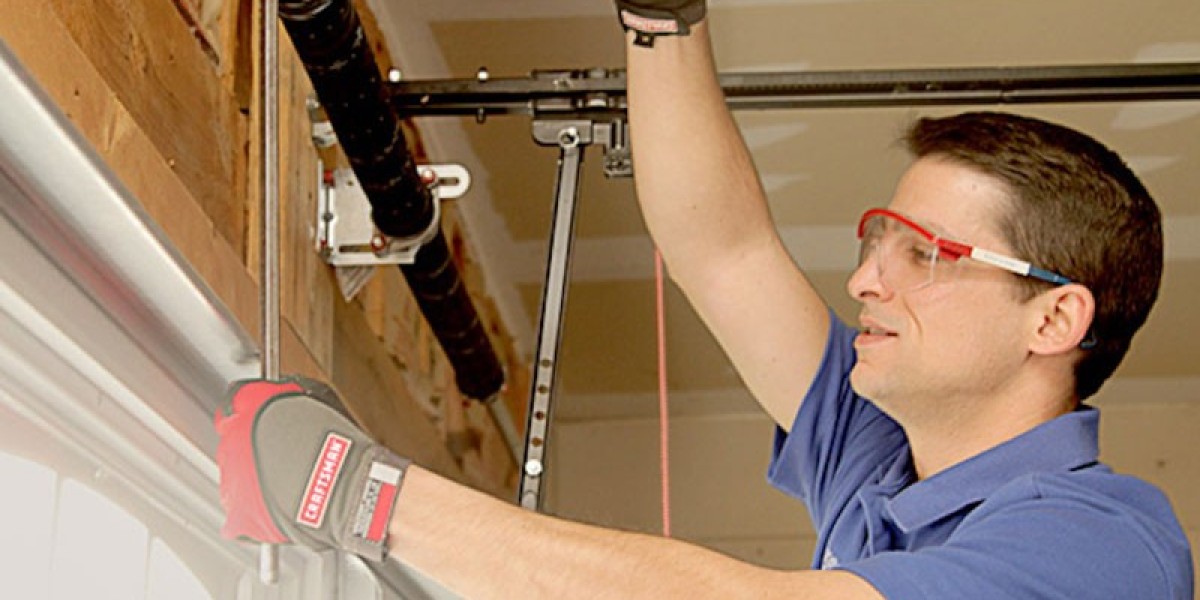When people visit a healthcare facility, they are often anxious, stressed, or unwell. The environment they encounter plays a powerful role in shaping their overall experience. Beyond medical expertise, the physical design of a clinic can either increase anxiety or create a sense of calm that improves comfort.
The principles of Healthcare interior design focus on creating spaces that heal, support staff efficiency, and build trust between patients and providers. By paying attention to design features such as lighting, layout, and materials, clinics can transform into more welcoming environments. Below are the most impactful features that contribute to patient comfort.
Thoughtful Waiting Areas
The waiting area is the first point of contact for most patients, making it a critical space. Comfortable seating, clear signage, and warm lighting help reduce stress during what can often be an anxious time. By offering a variety of seating arrangements, clinics cater to families, individuals, and those who prefer privacy.
Small touches like reading materials, access to refreshments, or interactive displays also enhance the experience. Waiting becomes less intimidating when the environment feels more like a community space than a clinical setting.
Natural Light and Views of Nature
Access to natural light is a proven factor in reducing stress and promoting wellbeing. Large windows and skylights allow natural light to flow through common areas and treatment rooms. When possible, incorporating views of nature further strengthens the calming effect.
Studies have shown that patients recover more quickly when they are exposed to natural elements. Even indoor plants or artwork depicting landscapes can replicate some of these benefits. Clinics that prioritize daylight and greenery create environments that feel alive, open, and less intimidating.
Calming Color Schemes
Color psychology plays a powerful role in influencing emotions. Soft, neutral tones like light blues, greens, and beiges create a calming atmosphere. These hues reduce anxiety and encourage relaxation, especially in treatment rooms where patients may feel nervous.
In contrast, overly bright or stark colors can feel harsh and clinical. Balanced palettes provide warmth and professionalism while still maintaining a sense of cleanliness. By carefully choosing color schemes, clinics ensure that their spaces feel inviting rather than overwhelming.
Comfortable and Ergonomic Furniture
Seating and furniture choices directly affect patient comfort. Ergonomic chairs in waiting rooms and consultation spaces support posture and reduce physical strain. For elderly patients or those with mobility challenges, furniture should be designed with supportive arms and appropriate height.
Durability is also important, as furniture in clinics must withstand heavy use. However, comfort should not be sacrificed for durability. The right balance of ergonomics and aesthetics creates a welcoming atmosphere where patients feel cared for.
Acoustic Planning for Privacy and Comfort
Sound plays an important role in patient comfort. Excessive noise can create stress, while lack of privacy may discourage open communication with staff. Acoustic planning ensures that noise levels are controlled and conversations remain confidential.
Sound-absorbing panels, strategically placed partitions, and materials that reduce echo all contribute to a calmer environment. By addressing sound quality, clinics show patients that their comfort and privacy are top priorities.
Flexible Layouts to Support Flow
The layout of a clinic directly affects patient experience. Efficient circulation minimizes confusion, prevents bottlenecks, and reduces waiting times. Flexible layouts allow staff to move smoothly between areas, improving response times and efficiency.
Clear wayfinding systems with signage, digital screens, or floor markers help patients navigate without stress. When patients can easily find their way, they feel more comfortable and in control during their visit.
Integration of Technology for Efficiency
Technology can enhance both comfort and efficiency. Digital check-in kiosks reduce paperwork and waiting times, while real-time updates on screens keep patients informed. In treatment areas, advanced equipment integrated seamlessly into the design prevents spaces from feeling cluttered.
Technology also improves privacy. For example, electronic medical records reduce the need for sensitive paperwork to be handled in public areas. By using technology thoughtfully, clinics create smoother patient journeys while maintaining a sense of calm.
Materials That Balance Hygiene and Comfort
Hygiene is paramount in healthcare, but materials should also feel warm and welcoming. Surfaces that are easy to clean, like antimicrobial laminates or non-porous flooring, ensure safety. At the same time, finishes can be chosen to avoid an overly sterile feel.
For example, wood-look flooring or textured wall coverings add warmth without compromising on hygiene. When clinics achieve this balance, patients experience an environment that feels both safe and human-centered.
Patient-Centered Exam and Treatment Rooms
Treatment spaces should prioritize both functionality and comfort. Adjustable lighting allows patients to feel more at ease during examinations. Comfortable chairs, adequate privacy, and clear storage solutions reduce clutter and create order.
Designing treatment rooms with accessibility in mind ensures that patients of all abilities can feel comfortable. Wider doorways, supportive handrails, and thoughtful equipment placement make a significant difference for patients with mobility issues.
Practical Features That Improve Patient Experience
Several smaller but meaningful features also play a role in shaping comfort:
- Accessible Design
Patients with mobility limitations benefit from ramps, wide hallways, and automatic doors. Accessibility ensures inclusivity and reduces the anxiety of navigating a space that feels unaccommodating. - Temperature Control
Clinics that maintain consistent and comfortable temperatures prevent patients from feeling uneasy. Personalized control in certain areas can further improve comfort. - Visual Distractions
Artwork, calming digital displays, or television screens in waiting areas provide distraction. These features make waiting times feel shorter and reduce stress levels. - Inclusive Amenities
Amenities like family restrooms, breastfeeding areas, or child-friendly play zones show sensitivity to diverse patient needs. By offering such spaces, clinics improve patient satisfaction across demographics.
Each of these features may appear minor on its own but together they transform a clinic into a place that feels approachable and supportive.
Why Comfort Matters in Healthcare Settings
Patient comfort is more than a luxury; it directly affects outcomes. Comfortable spaces reduce stress, which can positively influence recovery rates and compliance with treatment. They also improve communication between patients and staff, as individuals are more likely to ask questions when they feel at ease.
For healthcare providers, investing in comfort strengthens reputation and encourages patient loyalty. Clinics designed with comfort in mind stand out in competitive markets where patient experience plays a growing role in success.
Conclusion
Designing clinics with comfort at the center creates spaces where patients feel safe, respected, and supported. From waiting areas to treatment rooms, each feature contributes to reducing stress and improving the overall healthcare experience. Attention to details such as light, color, acoustics, and layout transforms clinics into healing environments. For providers aiming to deliver both excellent care and strong patient satisfaction, aligning thoughtful design with skilled execution from areas such as construction trades services ensures facilities are functional, safe, and welcoming for years to come.












